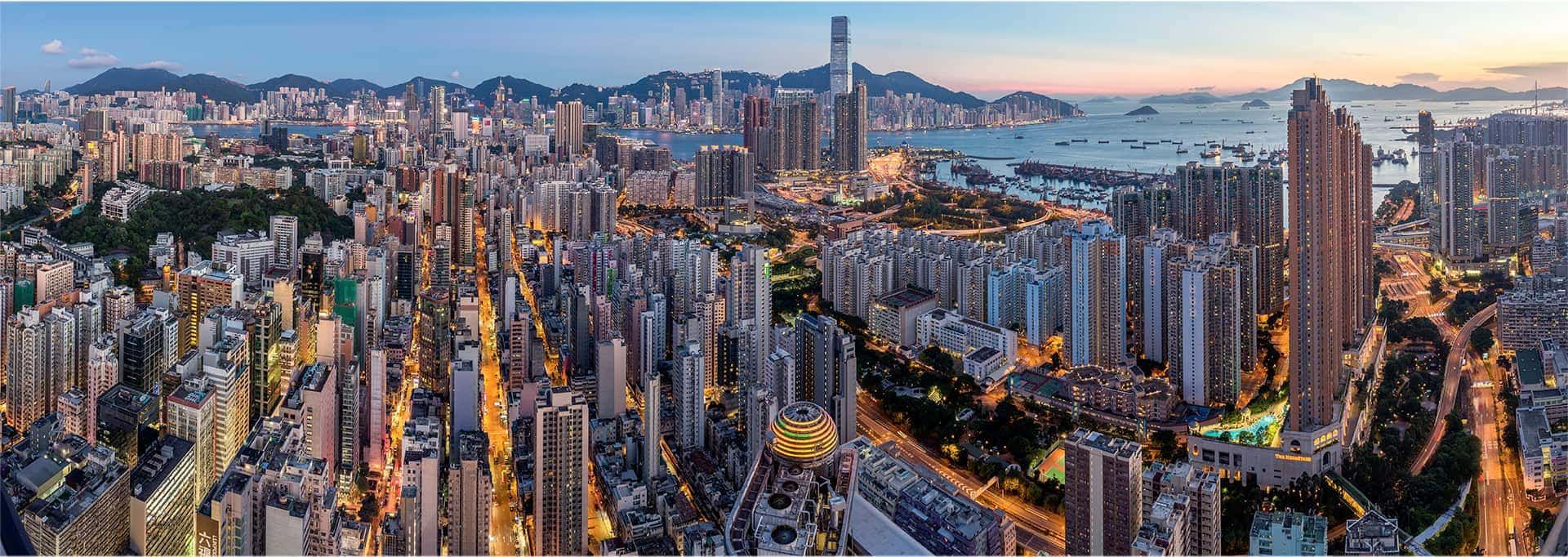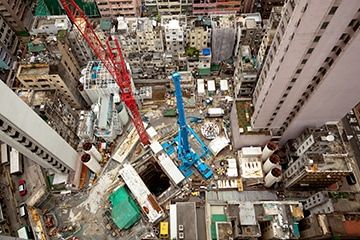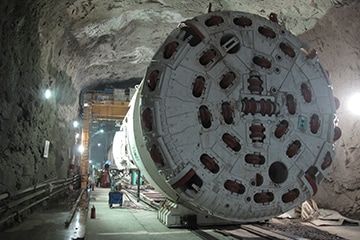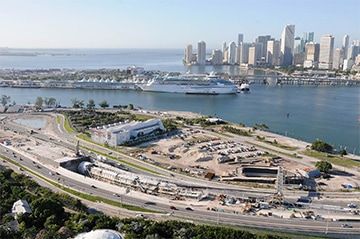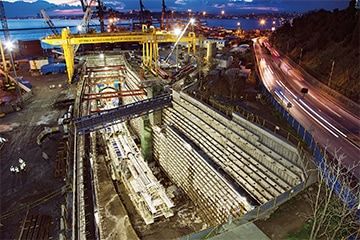
There are currently 30 megacities in the world with over 10 million inhabitants like Istanbul.
For decades, urbanization has been progressing inexorably: today already, half the world's population lives in urban areas; by 2050, two-thirds of all people are expected to be city dwellers. Today's metropolises continue to grow, creating new conurbations of unprecedented scale. There are currently 30 megacities in the world with over 10 million inhabitants – ten more cities will soon exceed this figure. Countries in Africa, Latin America and Asia are developing particularly dynamically. Nevertheless, China remains the example of superlatives: currently there are already 125 cities with over a million inhabitants, in ten years there will be more than 200.
Urbanization holds great opportunities and even greater challenges. On the one hand, the density of the city can help meet the citizens' needs efficiently. It provides access to education and work, goods and services, social participation and medical facilities. Road networks, electricity and water supply can be developed and operated up to a third less expensively than in rural areas. Cities are places of social progress and innovation as well as drivers of economic growth. Worldwide, they generate about 80 percent of gross domestic product. In developing and emerging economies in particular, they attract people who want to escape poverty and hope for a better future.

